
A Slippery and Subtle Knave – The Bank Sneak.

Of the many forms of bank robbery, the bank sneak had the safest, easiest and most lucrative method of all.
July 31, 2012

alias: , BROWN, HERMAN GREENTHAL
PICKPOCKET
Soapy Smith STAR NotebookPage 18 - Original copy1884Courtesy of Geri Murphy(Click image to enlarge)
oapy Smith in Denver.Operating the prize package soap sell racket in 1884.This is page 18, the continuation of page 17, and dated March 28 - April 12, 1884, the continuation of deciphering Soapy Smith's "star" notebook from the Geri Murphy's collection. A complete introduction to this notebook
More...
Soapy Smith's Soap Box - 3/11/2025
Included in yesterday’s trip to Fall River was a stop at Miss Lizzie’s Coffee shop and a visit to the cellar to see the scene of the tragic demise of the second Mrs. Lawdwick Borden and two of the three little children in 1848. I have been writing about this sad tale since 2010 and had made a previous trip to the cellar some years ago but was unable to get to the spot where the incident occured to get a clear photograph. The tale of Eliza Borden is a very sad, but not uncommon story of post partum depression with a heartrending end. You feel this as you stand in the dark space behind the chimney where Eliza ended her life with a straight razor after dropping 6 month old Holder and his 3 year old sister Eliza Ann into the cellar cistern. Over the years I have found other similar cases, often involving wells and cisterns, and drownings of children followed by suicides of the mothers. These photos show the chimney, cistern pipe, back wall, dirt and brick floor, original floorboards forming the cellar ceiling and what appears to be an original door. To be in the place where this happened is a sobering experience. My thanks to Joe Pereira for allowing us to see and record the place where this sad occurrence unfolded in 1848. R.I.P. Holder, Eliza and Eliza Ann Borden. Visit our Articles section above for more on this story. The coffee shop has won its suit to retain its name and has plans to expand into the shop next door and extend its menu in the near future.
More...
Lizzie Borden: Warps and Wefts - 2/12/2024
When there is a clear motive for someone’s murder, the police are usually at least half-way to solving the crime. However, when a cold-blooded killing happens for seemingly no reason whatsoever…you have a real problem, one that usually ends with the murderer getting clean away and the victims winding up on the pages of this blog. The following haunting mystery is a prime example.
More...
Strange Company - 3/10/2025
An article I recently wrote for the British online magazine, New Politic, is now available online. The article, “The Criminal Origins of the United States of America,†is about British convict transportation to America, which took place between the years 1718 and 1775, and is the subject of my book, Bound with an Iron Chain: […]
More...
Early American Crime - 12/17/2021
A driverless horse and wagon wandered aimlessly in the prairie
between Fort Gibson and Tahlequah in Indian Territory on December 3, 1883. Jim
Merrill heard the wagon come up to his front gate and went out to investigate.
In the bed of the wagon, he found the body of Arch Casey with a large bullet
hole in his left breast. The wagon tracks were clearly visible in the dirt. They
followed a
More...
Murder By Gaslight - 3/8/2025
It’s been seven years since the closure of Coffee Shop, a pioneering cafe on the west side of Union Square that since 1990 emanated coolness—especially with its vertical neon “Coffee Shop” sign. A few years later, what moved into the space of this former model and celeb hangout? A Chase bank branch—which then put up […]
More...
Ephemeral New York - 3/10/2025
Youth With Executioner by Nuremberg native Albrecht Dürer … although it’s dated to 1493, which was during a period of several years when Dürer worked abroad. November 13 [1617]. Burnt alive here a miller of Manberna, who however was lately … Continue reading
More...





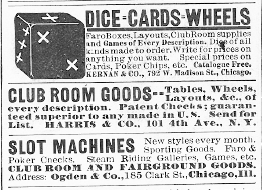


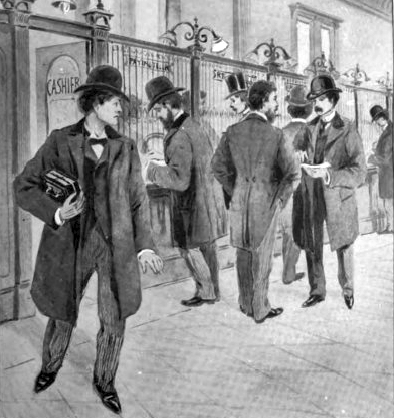 Of the many forms of bank robbery, the bank sneak had the safest, easiest and most lucrative method of all. Holdup men risked their lives and the lives of others by demanding money at the point of a gun. Bank burglars worked in large gangs, with elaborate plans that always involved the physical labor of cutting, pounding, prying or blasting to get though iron bars and steal vaults. But a skilled bank sneak just walked into a bank, took what he wanted and left.
Of the many forms of bank robbery, the bank sneak had the safest, easiest and most lucrative method of all. Holdup men risked their lives and the lives of others by demanding money at the point of a gun. Bank burglars worked in large gangs, with elaborate plans that always involved the physical labor of cutting, pounding, prying or blasting to get though iron bars and steal vaults. But a skilled bank sneak just walked into a bank, took what he wanted and left.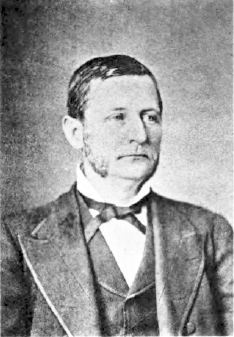 Walter Sheridan
Walter Sheridan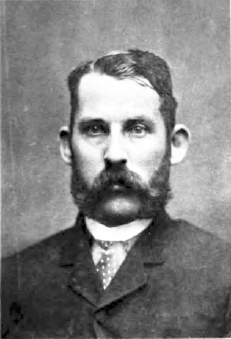 Horace Hovan
Horace Hovan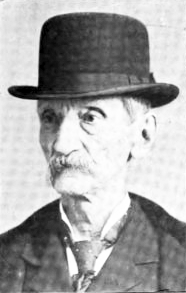 Chauncey Johnson
Chauncey Johnson



